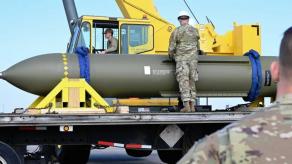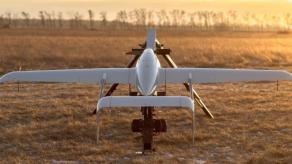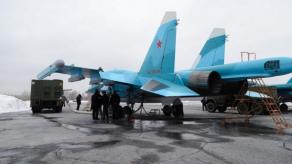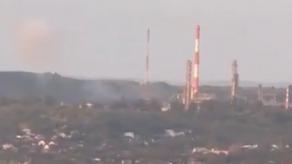Despite the overthrow of Saddam Hussein's regime, Iraq has been still a common customer of the russian defense industry. Now the country decides to discard its plans and started leaning towards the purchase of the Korean KM-SAM medium-range surface-to-air missile system.
At the moment, there's no official information regarding the ongoing negotiations but according to Army Recognition, Baghdad is interested in procuring eight KM-SAM batteries (fire units) in the Block 2 version (alternatively known as Cheongung-II), which also features anti-missile defense capabilities. The estimated value of the possible contract is $2.56 billion.
Read more: "Looks Almost Fine": S-400 Takes a Hit from Ukrainian HIMARS Rocket

If approved, this will be the third export contract for the KM-SAM Block 2. The previous two were the large-scale contract with the UAE for $3.5 billion in 2022, and then with Saudi Arabia for $3.2 billion in early 2024. The respective customers were set to receive 12 and 10 batteries, accordingly.
A careful look at all these three countries, all investing in strengthening their air defense, reveals a rather interesting fact. Back in 2007, the UAE was allegedly in talks with the russian federation about the prospects of an S-400 purchase, ultimately abandoning the idea; now it's buying the Korean offer instead. Similarly, in 2017, Saudi Arabia was close to reaching an agreement on the S-400, also refused to pursue the matter further and favored the American THAAD. Among the three, Iraq was the last one to declare its intention to purchase S-400 in 2019–2020.
We should also remind you that in 2014, Baghdad ordered 48 Pantsir air defense systems for $2.3 billion from russia, about half of them had been delivered as of 2018. But four years later, in 2022, while the contract was still not fulfilled, Moscow was sending Pantsir systems intended for export to the Ukrainian frontline or hastily trying to close the gaps in the air defense caused by warfare.

Evidently, all three countries gave up on their initial plans and russian weapons, and chose an alternative, with the Korean KM-SAM Block 2 currently riding the wave of popularity. Speaking of the reasons for Arab countries to make such an interesting choice are traditional: the effort to diversify arms suppliers. In addition, the Korean SAM has a clear advantage over competitors, namely, its price — Seoul asks only about $320 million for one battery.
Note that in the context of KM-SAM, a battery means one unit of this air defense system. The composition of a KM-SAM battery is one radar, a command post, four to six launchers carrying eight missiles each. With its development finished in 2017, the KM-SAM Block 2 has the capabilities to intercept both non-ballistic and ballistic targets.

Maximum engagement range for a non-ballistic target is 50 km with the new missile or 40 km with the older one. The latest Block 2 interceptor employs the hit-to-kill technology to effectively destroy enemy ballistic missiles at altitudes up to 20 km.
The missile has a combined guidance system, meaning that during the midcourse of flight, the end point of the route is constantly updated via the radio link, and once the missile is close enough to the target, the active radar homing head takes over for a precise hit.
Ironically, the first version of this interceptor, the KM-SAM Block 1, was created by the russian Almaz-Antey and Fakel enterprises based on the 9M96 missile for the S-400. The development lasted from 2001 to 2011 and was completed before russian industry got cut off from the latest precision technologies because of the international sanctions that followed russia's illegal annexation of Crimea.
Read more: Why Delivery of Two S-400 System Sets from russia to India was Postponed to 2026














